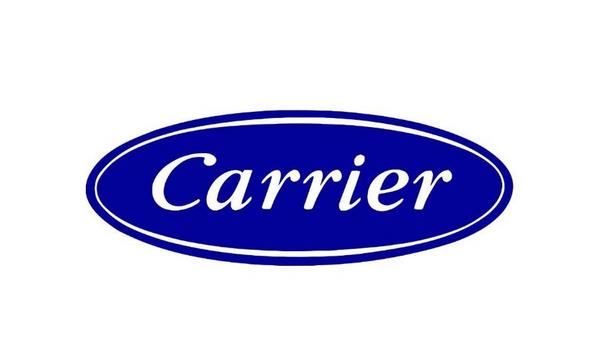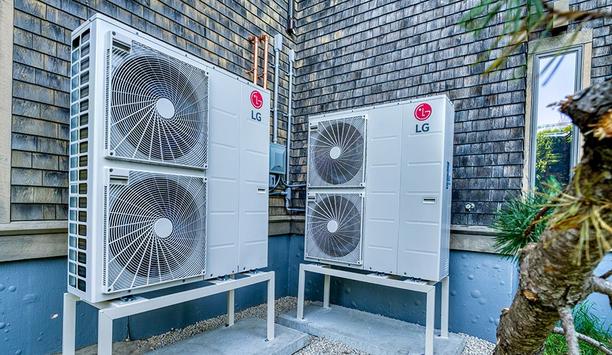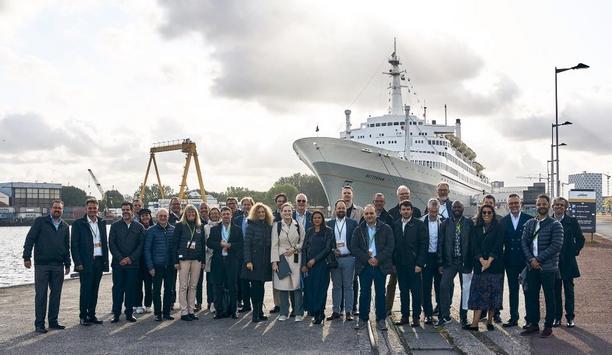The World Meteorological Organization (WMO) last week sounded the alarm that global temperatures may temporarily surpass 1.5 C of warming within the next five years. It has been indicated that global warming of this amount would have 'far-reaching repercussions for health, food security, water management and the environment'. The change is fueled by heat-trapping greenhouse gases and the naturally occurring El Niño event.
Stephen Hodder MBE, Chair of the CIC Climate Change Committee, said: "We are beset with grim reminders that existing measures to prevent the harmful effects of human-induced global warming have failed. Ocean surface temperatures are being pushed higher and higher as a result and extreme weather events such as record temperatures in South-East Asia and recent flooding in North-East Pakistan and Italy are displacing tens of thousands of people."
Demands of climate change adaptation
Stephen Hodder MBE adds: "The World Meteorological Organization’s findings are a challenge to construction and engineering professionals to learn and embed the knowledge and practices they need to reduce the considerable carbon emissions associated with the built environment. But this won’t be enough as we must tackle the demands of climate change adaptation and resilience and address the linked biodiversity emergency. There is no excuse for professional institutions not to act. We can’t keep waiting for the government to consider a solution."
He continues, "Through the Climate Action Plan, CIC has made real progress in upskilling built environment professionals and highlighting the big issues where professional institutions can act and make a difference. The plan has been well received across the industry, but as construction professionals, we must all go further and faster to head off a formidable threat."
Signatories to the Action Plan
In June 2021, CIC published Carbon Zero: the professional institutions’ climate action plan; a plan for real action in the face of the climate and biodiversity emergencies, a plan capable of delivering on net zero.
The signatories to the Action Plan collectively represent more than 350,000 professionals across all sectors of the built environment and the full spectrum of the design professions.
















